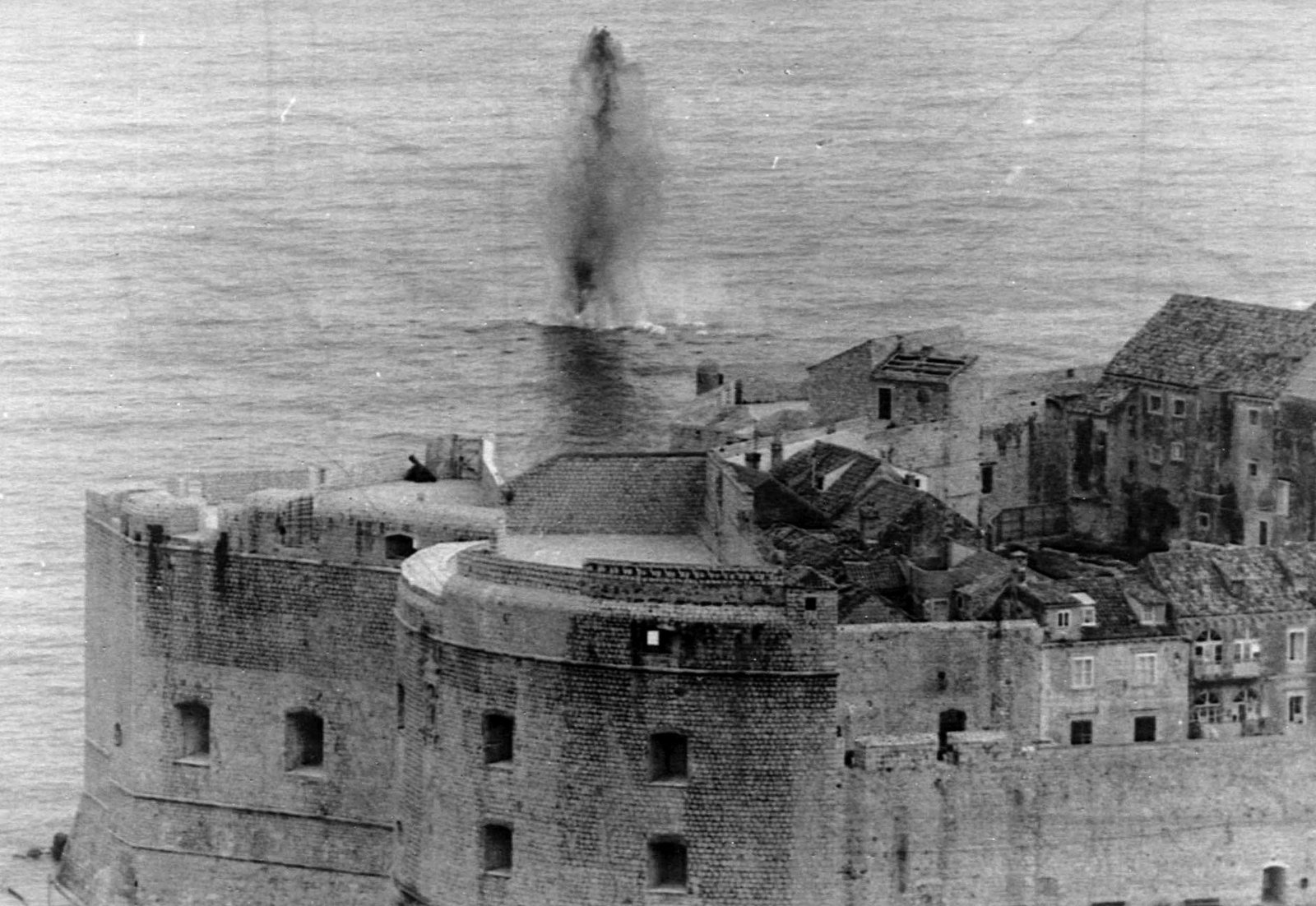The siege of Dubrovnik began on 1 October 1991 as southern Croatia from Prevlaka to the Neretva became the target of military aggression by enemy forces from Serbia, Montenegro and Bosnia-Herzegovina.
The forces of the Yugoslav People’s Army (YPA) launched a broad offensive using all available means – from artillery and aviation to infantry and battleships – with the aim of taking full control of the territory and population in the wider Dubrovnik area. The attack order was signed by Yugoslav army General Jevrem Cokić who was the commander of Operation Group 2. The “directive” read:
The operation will take place in two stages. The first stage: Penetrating the coast, cutting off the Adriatic highway and blockading Dubrovnik, the airport and the forces on the Prevlaka peninsula. The duration is 2 days. The second stage: Completely defeat, force surrender, disarm enemy forces and be ready to transfer the offensive to western Herzegovina. The duration is 2-3 days.
In a coordinated attack by land, sea and air they moved to cut-off primary transportation links to Dubrovnik eastward to the border crossing at Debeli Brijeg and Prapratno, inland to Brgat and Osojnik and westward to Slano and Čepikuće.

Among the first targets of heavy artillery was the substation in Komolac and the telecommunications center atop the Srđ Hill. These attacks interrupted delivery of electricity and water in the wider Dubrovnik area as well as the city’s communications with the rest of Croatia and the world. Despite this, a small number of Croatian soldiers spread out over a long line of defense managed to stop the attacks with very few casualties. The only victim on the first day was Jele Ferlan, a woman from Kupari who became the first victim of Greater Serbian aggression in southern Croatia.

The Yugoslav People’s Army suffered huge losses. According to available data, most of the enemy’s soldiers were killed during the attack on Brgat and Osojnik, the Battle of Čepikuće in the west and near Prapratno in the east. Casualties numbered 27 dead and two wounded who succumbed to their injuries a few days later. The alarming number of dead and wounded in a single day forced the aggressor to give up the objective of rapid penetration and significantly alter battle plans. However, even that did not help because despite great sacrifices, Croatian forces successfully defended Dubrovnik in the following months.
Magistar sam povijesti. Radno iskustvo stjecao sam u Hrvatskom povijesnom muzeju i na Hrvatskoj radioteleviziji u emisiji TV Kalendar. Autor sam nekoliko knjiga i filmova na temu Domovinskog rata. Osnovao sam i uređujem Facebook stranicu Dogodilo se na današnji dan – Domovinski rat i portal Domovinskirat.hr. Također uređujem i vodim emisiju Domoljubne minute koja se svakog dana emitira na Hrvatskom katoličkom radiju te emisiju Sve za Hrvatsku i Novi valovi dobrote. Vlasnik sam obrta CroHis kojim promičem vrijednosti Domovinskog rata.

